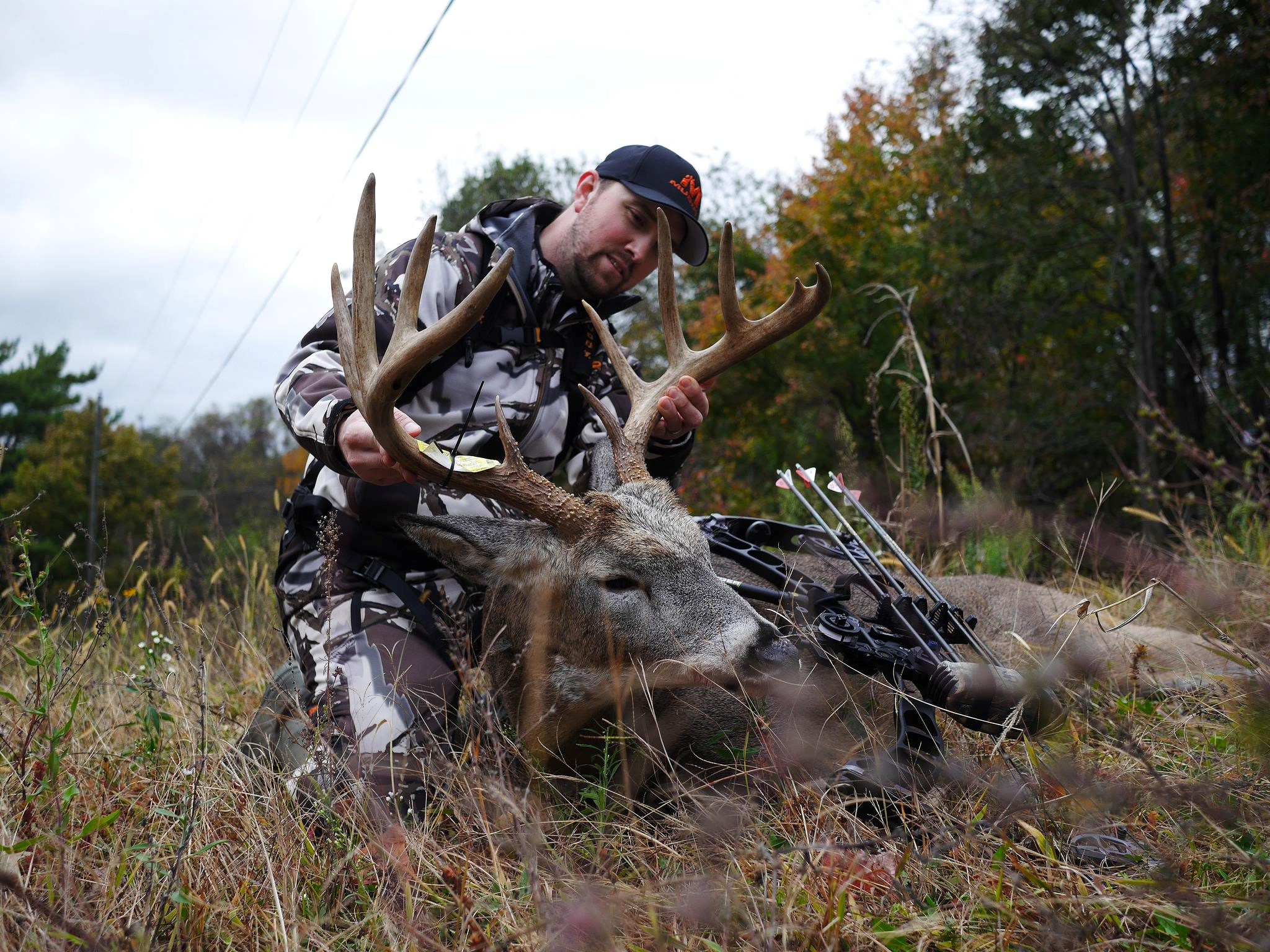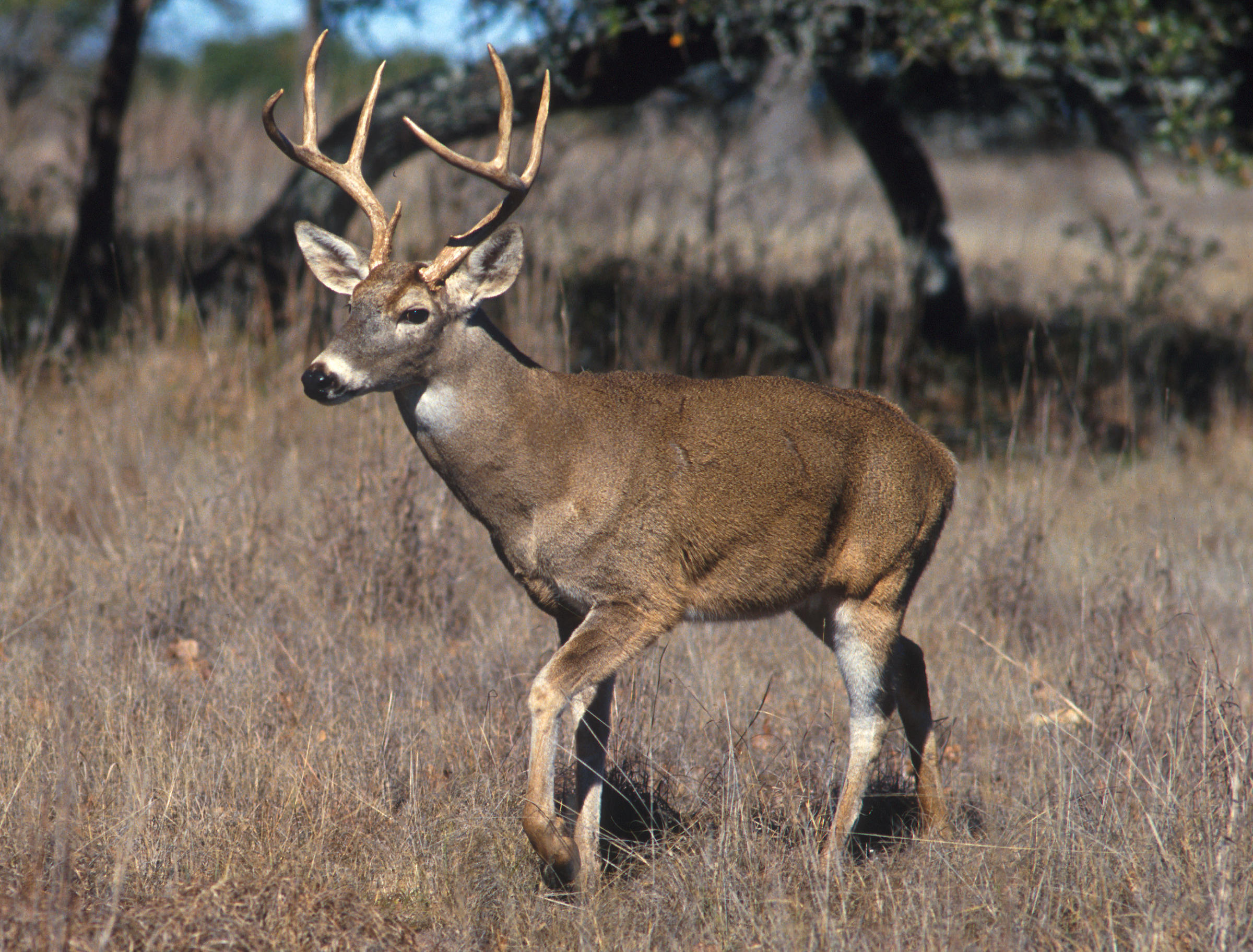As a deer starts to age the enamel on its teeth will start to wear away and the teeth will start to brown. As the enamel begins to wear away and exposes the dark dentine material noticeable distinctions in tooth wear occur between each age class.
Using these measurements it takes a deer about 9 to 11 years to wear its teeth down to the gum line.

How to age whitetail deer by their teeth.
As you can imagine it is quite difficult to determine the age of a whitetail deer that is over 10 years in age.
Trw is simply an examination of tooth replacement and wear while ca is a more elaborate method that requires a laboratory.
Fully matured deer will have most of the enamel on their teeth worn away at this point.
On a 3 12 year old deer the lingual crest on tooth 4 is blunt.
The third molar will retain its lingual crest.
The concept of tooth wear is pretty simple.
If the teeth look worn down theres a good possibility the deer is over five years old.
When it comes to aging deer by their teeth aging analysis often is based on the wear of the molars which lose about 1 millimeter of height per year.
Most importantly the ability to estimate a deers age based on the wear of its teeth is something most hunters can learn with a little study and practice.
As deer get older their molars and premolars continue to wear and lingual crests can all but disappear on certain teeth.
Deer are aged by examining the wear and replacement of the premolars and molars of the lower jaw.
From age 6 to age 8 deer usually will have completely worn down their fourth premolar and first molar flat.
Age analysis by teeth trw tooth replacement and wear and ca cementum annuli and two forms of ageing deer by their teeth.
Therefore its difficult to determine the age of a deer thats older than 10 12 years.
Be sure to check out more deer videos listed.
Deer are aged in year and half increments such as 1.
It takes a deer about 10 12 years to wear its teeth down to the gum line.
Look at the enamel on the teeth.
Aging deer as 35 year olds or older means you now have to use the tooth wear portion of the method.
The back cusp on tooth 6 is finally showing noticeable wear and is starting to form a concavity.
In this video weston shrank of the purdue student branch of the quality deer management association walks you through how to age deer using jaw bones.
For this you start on the first molar the fourth tooth in from the front because this is the oldest tooth in the jaw.
The dentine will be as wide or wider than the enamel in tooth 4.
As a deer grows older its teeth continue to wear.














No comments:
Post a Comment